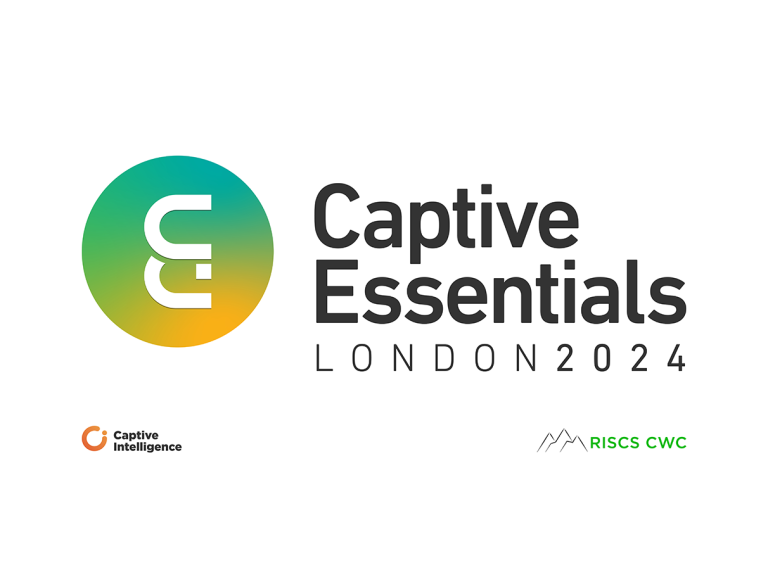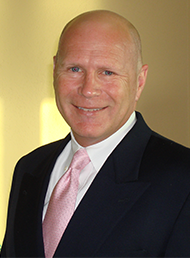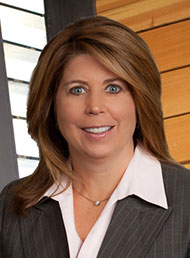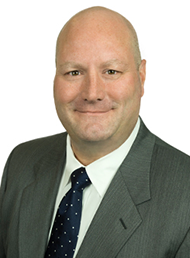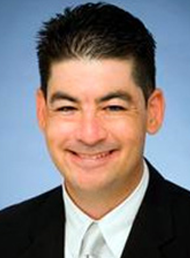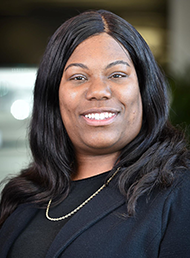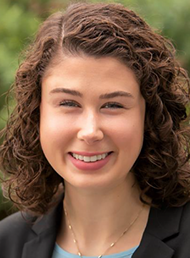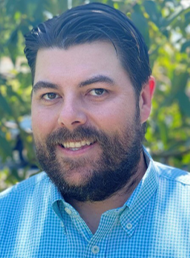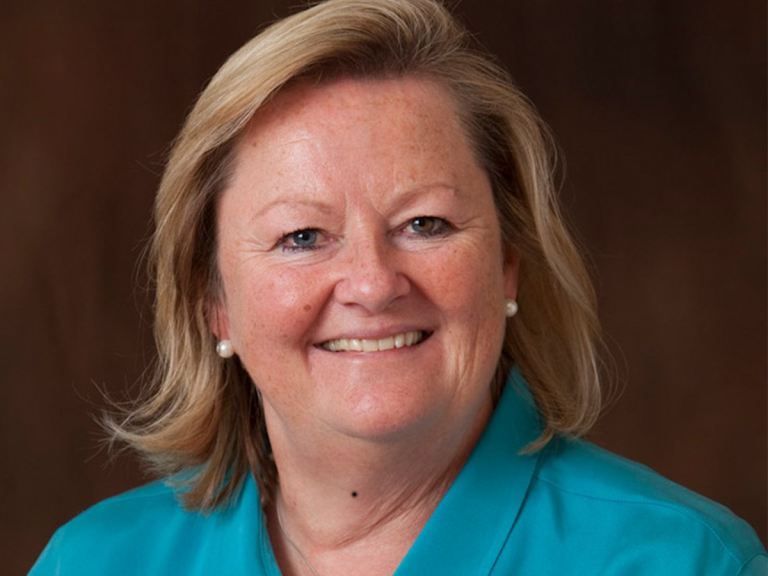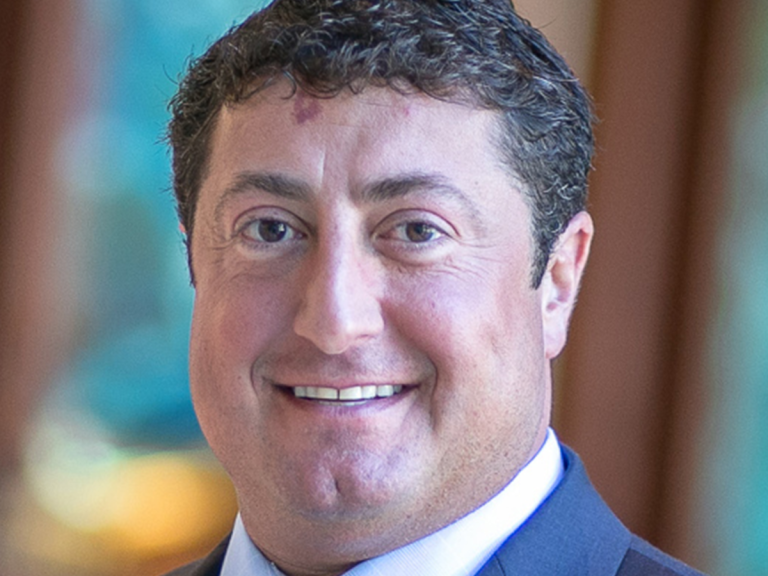Captive Intelligence has partnered with RISCS CWC to launch a two-day educational training course for professionals new to the captive insurance industry or keen to join.
The first Captive Essentials course will be held on 22nd – 23rd May at etc.venues Fenchurch Street, teaching delegates everything they need to know about why captives exist, how they are formed and managed, and the broader role they play in risk financing programmes.
Drawing on experts from across the captive industry and covering topics from captive management, domiciles and investments, to fronting, reinsurance and governance, Captive Essentials is the ideal one-stop shop for everything you need to know about captive insurance.
On Day Two of the course, delegates will have the opportunity to apply all the knowledge gained by working in teams on an extensive captive case study exercise.
“Captive insurance has never been more relevant and as we see new domiciles emerging, particularly here in London at Lloyd’s and a prospective UK captive regime, it has never been more important to provide high quality education and training,” said Richard Cutcher, founder of Captive Intelligence.
Oliver Schofield, managing partner at RISCS CWC, said he believed the course should be ideal for anyone with a growing interest in captives or for companies keen to enter or expand their presence in the fast-growing sector.
“We see new companies entering the captive industry every week,” he said. “Whether that is (re)insurers and fronting partners keen to work with captives, MGAs utilising a captive structure or new captive owners and captive managers.
“Captive Essentials has been designed to ensure delegates leave with a strong grounding in how captives work and why they are increasingly valuable to corporates and the wider commercial market.”
The first Captive Essentials course will be held in London on 22nd and 23rd May with other dates and venues to be announced later this year.
Captive Essentials costs £1,750 per delegate with group discounts available for bookings of three of more delegates from the same organisation.
The course fee includes all educational sessions, case study exercise, lunch on both days, coffee and refreshments, drinks reception and an optional delegate dinner on 22nd May.
For more information on the course agenda and timings, download the Captive Essentials brochure here. You can sign up to express your interest here, or email Richard.


